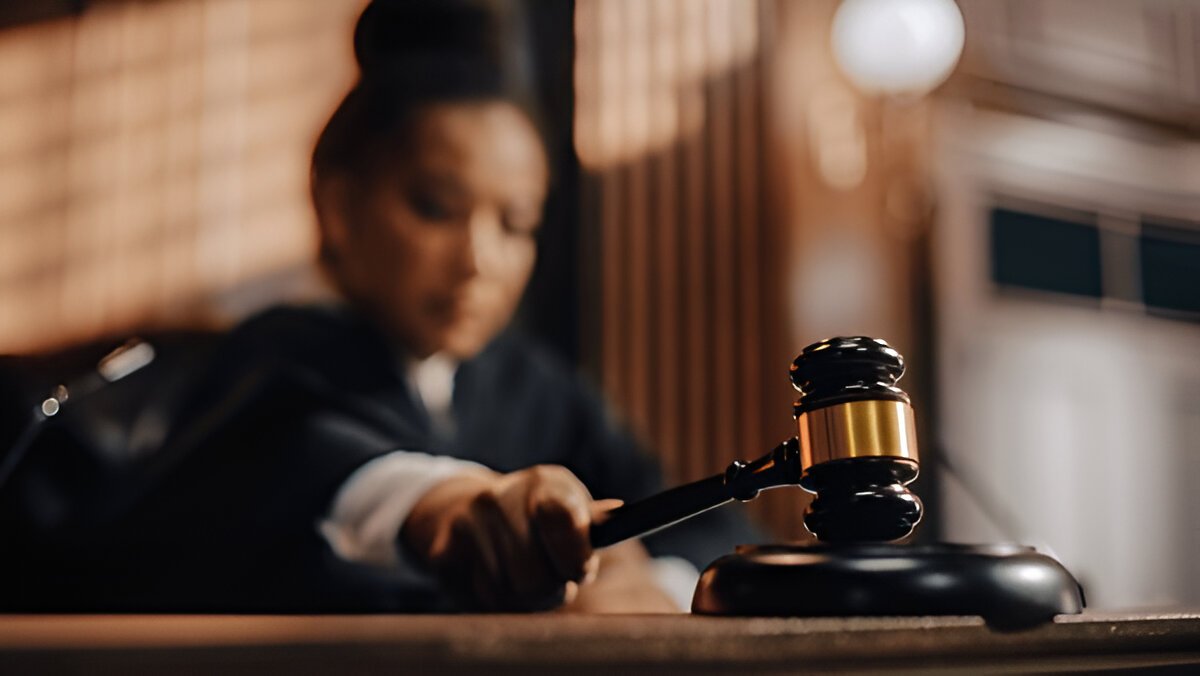Introduction
In a significant move underscoring the importance of judicial oversight and public accountability, the Karnataka Government has informed the High Court that the Criminal Investigation Department (CID) will now probe the devastating stampede that occurred outside Bengaluru’s M. Chinnaswamy Stadium on June 4, 2025. The incident, which claimed 11 lives and left over 50 injured, has sent shockwaves across the nation, drawing sharp judicial scrutiny and prompting urgent state action.
What Triggered the Judicial Inquiry?
A day after the tragedy, the Karnataka High Court took suo motu cognizance of the incident, recognising the seriousness of the matter and the potential lapses that led to it. The court demanded accountability and asked the state to submit a status report detailing its response and the steps being taken to investigate the matter.
In response, the Karnataka Government appeared before the court on June 5 and confirmed that the CID would conduct a full-fledged investigation, ensuring a thorough, independent, and unbiased probe.
FIR and Legal Framework: New Criminal Code in Action
The government has registered FIR (Crime No. 123/2025) at Cubbon Park Police Station under several serious provisions of the Bharatiya Nyaya Sanhita (BNS) — India’s new criminal law code that recently replaced the Indian Penal Code.
The relevant sections include:
- Section 105: Offence relating to endangering human life
- Section 125(1) and (2): Causing death by negligence and failure to take safety measures
- Section 132: Failure of public servants to act in emergencies
- Section 121/1: Offence against public order
- Section 190 r/w Section 3(5): Acts done by unlawful assembly resulting in death or injury
These charges reflect the seriousness of the case and aim to bring to justice those responsible for organisational failures, negligence, or dereliction of duty.
The Role of the Special Investigation Team (SIT)
In a move to ensure further independence and credibility, the CID will constitute a Special Investigation Team (SIT). The SIT will focus on identifying:
- Who authorised and managed the public celebration?
- Whether adequate safety protocols and crowd control measures were in place.
- Who was responsible for the rumour that triggered the stampede?
- Whether there was any criminal negligence or suppression of facts.
This decision to involve the CID and create SIT marks a serious attempt by the state to regain public trust and establish accountability.
High Court’s Tough Questions
The High Court’s observations during the hearing were scathing and necessary. The bench questioned:
- Why were celebrations held at two different venues – the Vidhan Soudha and Chinnaswamy Stadium?
- Who authorised the event and bore responsibility for crowd control?
- Was it appropriate for the state to felicitate players who don’t officially represent the country?
These questions reflect the court’s intent to probe not just administrative lapses, but also political and institutional responsibility.
Aftermath: Government and Public Reactions
In the aftermath of the tragedy:
- RCB Management announced ₹10 lakh compensation to the families of the deceased and launched the "RCB Cares" Fund to support the injured.
- Chief Minister Siddaramaiah declared that the State Government would bear all medical expenses of the injured, regardless of whether they were admitted to private or government hospitals.
This quick reaction by both the state and the franchise shows a sense of moral accountability. However, it does not diminish the need for deeper structural introspection.
Conclusion: Importance of Judicial Oversight
This case is not just about one tragic evening—it is about systemic negligence, lack of coordination between state agencies, and the failure to uphold basic standards of public safety. The Karnataka High Court’s swift intervention and insistence on a CID-led probe with SIT reflect the vital role of judicial oversight in ensuring accountability in high-profile public disasters.
As the investigation unfolds, all eyes will be on how effectively the state and the judiciary ensure that justice is not only done but seen to be done. The June 10 hearing will be crucial in this evolving story of law, loss, and the long road to justice.

